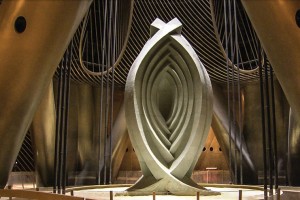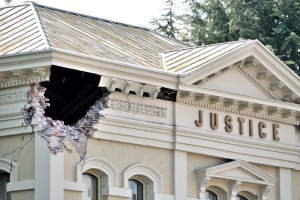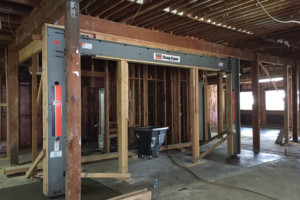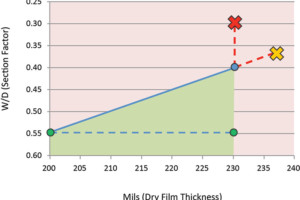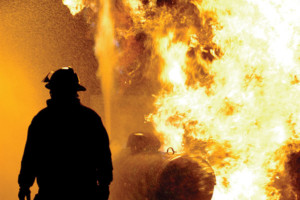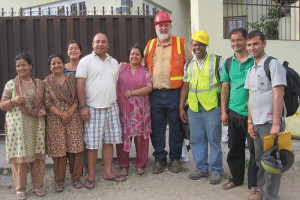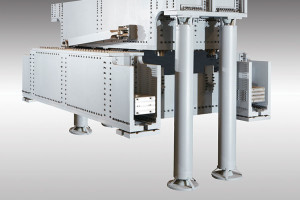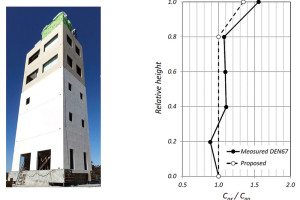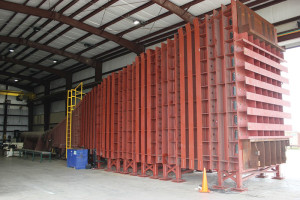Modern engineering tools and techniques enable structural engineers to continually redefine the limits of possibility. Nowhere is this more evident than in supertall buildings, where controlling wind-induced sway has become a critical aspect of project success.
The use of tuned mass damping systems has become a mainstay in attaining this control, in large part because each custom-designed system can be tuned to match the as-built characteristics of the building. They also provide a much more efficient solution than adding more mass or stiffness. …

